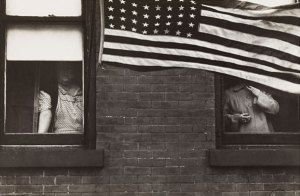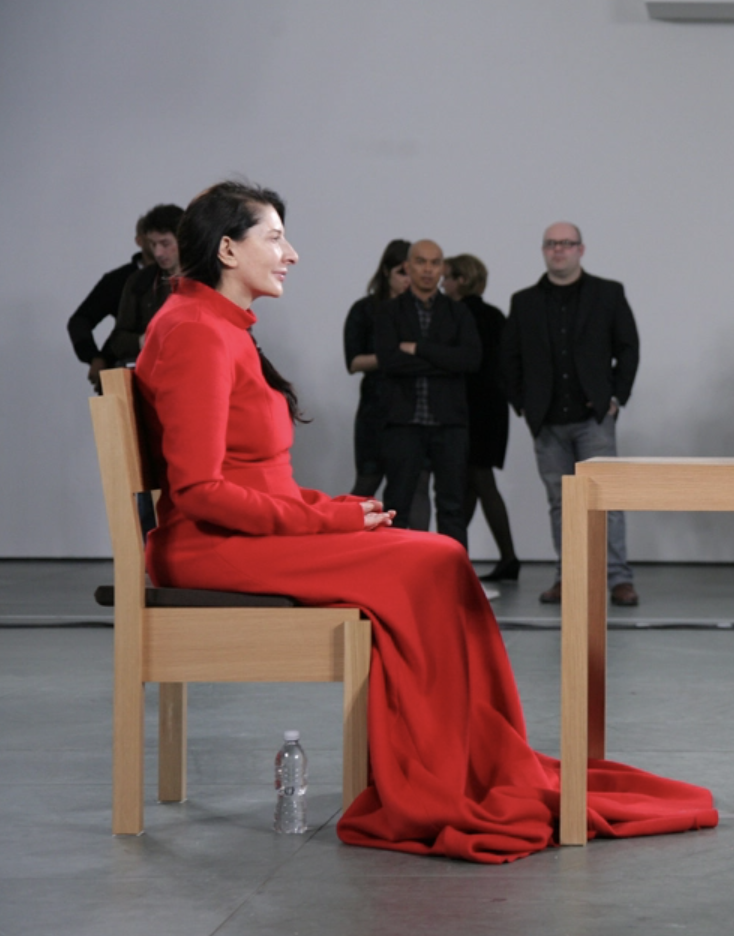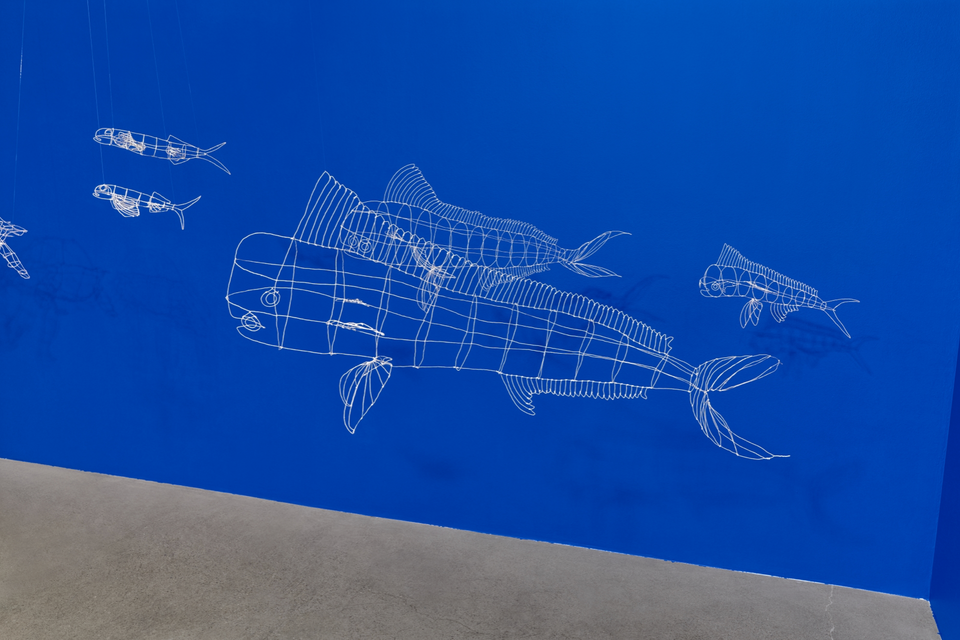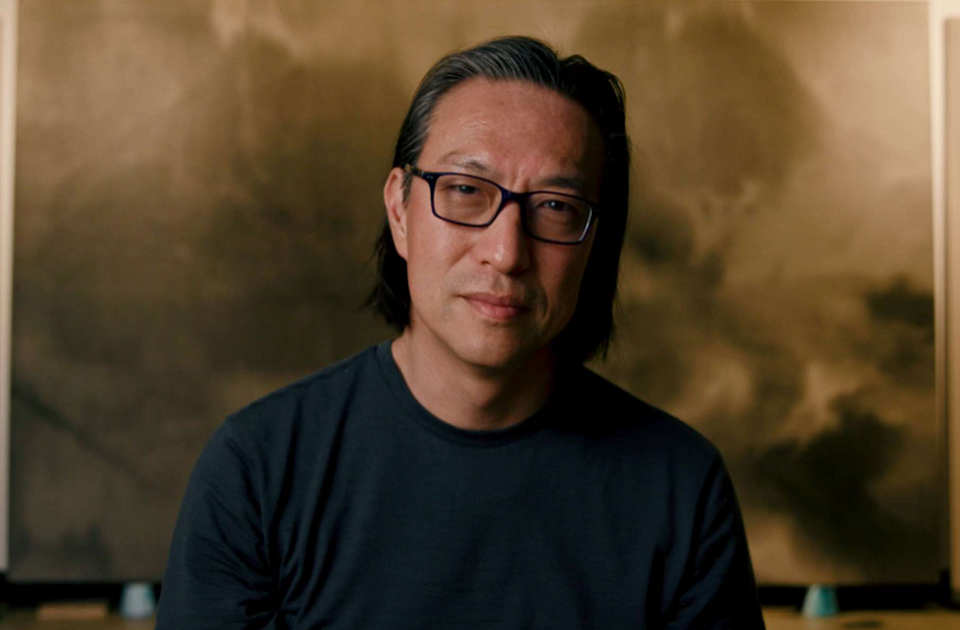Anybody doesnt like these pitchers dont like potry, see? Anybody dont like potry go home see Television shots of big hatted cowboys being tolerated by kind horses. Robert Frank, Swiss, unobtrusive, nice, with that little camera that he raises and snaps with one hand he sucked a sad poem right out of America onto film, taking rank among the tragic poets of the world. To Robert Frank I now give this message: You got eyes.
Jack Kerouac, Introduction to The Americans
Robert Frank met Jack Kerouac in 1957, on the sidewalk outside a New York party. It’s a smoky scene, easy for me to imagine in black and white: two lanky men crouched on a dark stoop, the flares of cigarettes just haloing their cragged eyes. Unwittingly, the Quebecois-cum-American and the Swiss émigré were spending down one of their last nights of anonymity. Within the year, Kerouac would publish On the Road; within two years, Frank’s groundbreaking photo-essay The Americans would hit his adopted homeland, and slowly change photojournalism from the inside out. But that evening, Frank and Kerouac were only two men who had wandered the same sagging blacktops, driven the same addled byways, cursed and worshiped the same lonely prophets, junkies, and hobos on the road in America.
The legend goes that Frank showed Kerouac several of his photos the night they first met, standing, smoking, talking on the sidewalk in the dark. Undoubtedly, Frank’s images of America struck a chord with Kerouac, so much so that he agreed to write an introduction to the published collection. But which photographs did Kerouac see: the snapshot of teenage hitchhikers at the helm of Frank’s second-hand Ford? The portrait of the baby beside the jukebox? The tongue-in-cheek icon of desert gas pumps, at attention beneath the blazing sign, “SAVE”?

Fifty years later, Frank’s Americans are just as strange and striking, still alive and worthy of meditation. This may be, in part, because his Americans are simply living. Very few stare at the camera’s eye, and those who do so are caught in action – crossing a street, vamping for each other on a sidewalk – and not in a pose. Frank was ahead of his time in his interest in the media’s effect on culture, and he finds the huddled masses at a stage of relative innocence, when voyeurism has not yet acquired its own brand of vanity. He captures a newsgirl’s prescient glance – sidewise, searching out her own coy gaze in the television camera’s monitor – and stalks a starlet’s homespun paparazzi. He records a talk show’s polite oration to an empty table in an empty room.
Frank’s subjects’ lack of self-concern may be part of what allowed him to capture complicated public portraits, like his famous image of a segregated New Orleans trolley car. Here, each slotted window frames a rider whose private gaze of indignation, curiosity, or woe stands separate and complete, and yet sharpens all of the others. Above, glazed panes reflect the world into which they stare: a realm of stark white and black bodies, only vaguely human, from which speed and time have stripped all identifying details.
Of course, The Americans required not only willing – or oblivious – subjects, post-war citizens enjoying a slightly self-aggrandizing boom. A proper chronicle also required skill and perseverance on the part of the artist. Perhaps ironically, Frank’s aptitude finds full testimony in the staggering number of contact sheets that he amassed during his years on the road. He was there, constantly, keeping his eyes open and his shutter clicking, not wanting to miss a moment. The care that he took in selecting and sequencing the final eighty-three photographs brings to mind the painstaking, surgical work of a poet, slicing away excess, selecting images and moods for somber, supple or ironic effect.
The almost formalist poetic impulse comes to a high point with The Americans’ final, elegiac portrait of a woman and two young children, huddled in the front seat of a car stalled on the side of the road. With the intimacy of the tiny cab, the sleepy bodies, and the woman’s wild, undone hair, the photographer’s presence beyond the frame is palpable, much more so than in any of the other works.
I found myself walking closer and closer to this portrait, wondering who the woman and children were, and then seeing suddenly that they were Frank’s wife, son and daughter, and that I stood where he once stood, glimpsing a very personal tableau that symbolized all he had gambled in going on the road. In The Americans, this image is the closest that Frank comes to a self-portrait, and in keeping with the way he caught our country off-guard but kindly, coolly, it is perhaps more revealing than any direct portrait could have been.
“Looking In: Robert Frank’s Americans” is on view now through April 26, 2009 at the National Gallery of Art in Washington, DC. Information about the exhibit is available at: http://www.nga.gov/exhibitions/frankinfo.shtm.



